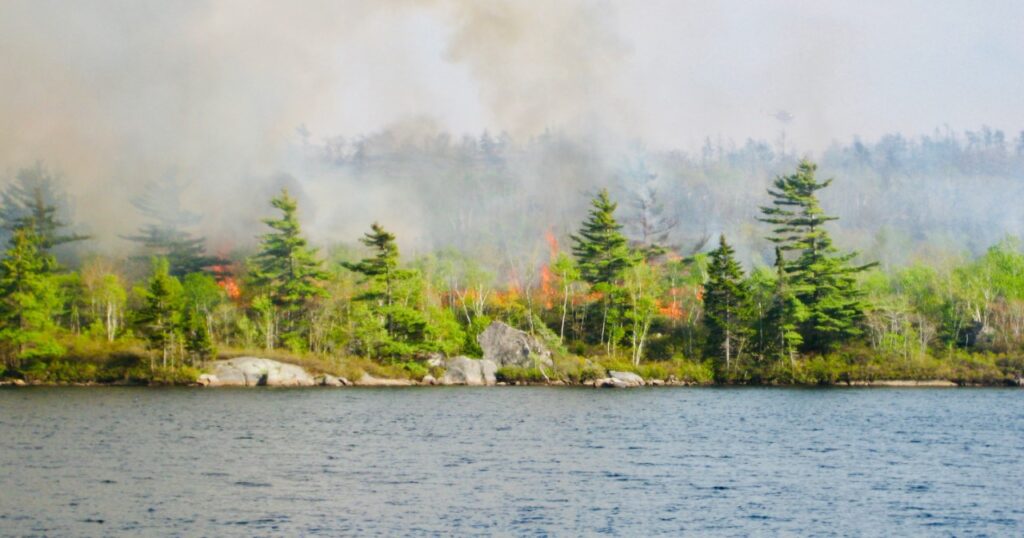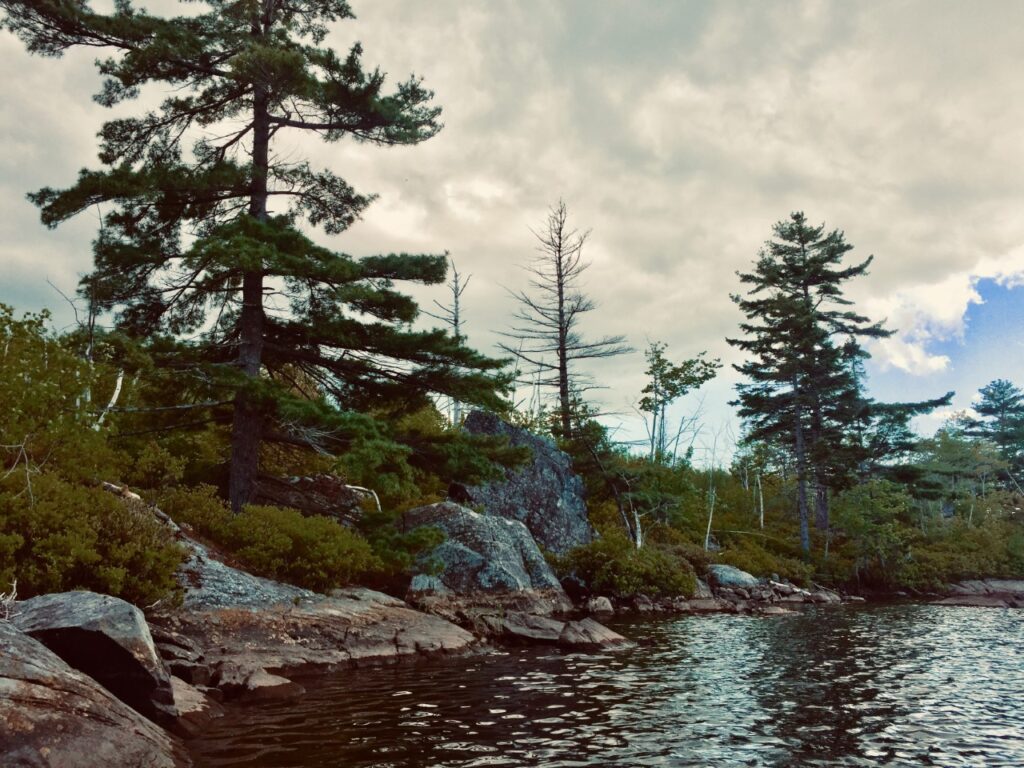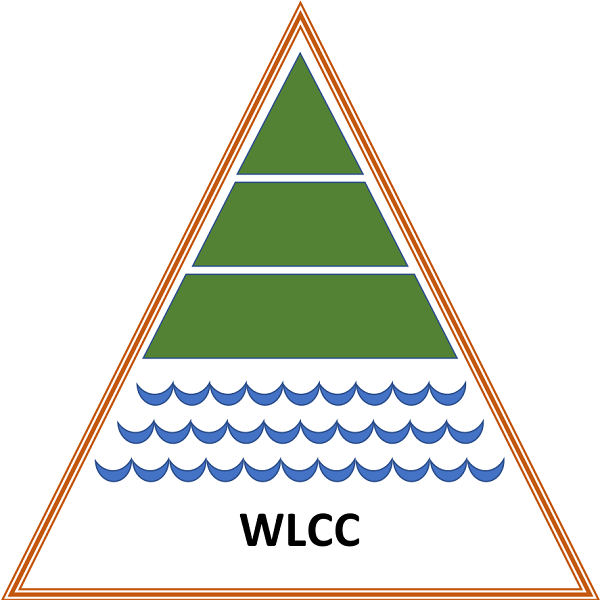Fire Destroys. Nature Restores.
by: Cathy Vaughan
[Reprinted with permission from Chebucto News, September, 2021]

Photo: Elizabeth Dooley
There were two major fires in Spryfield in 2009 and 2012. Camp fires, near Roaches Pond, in the MacIntosh Run area started the massive fire in the spring of 2009. The ferocious blaze threatened lives, destroyed homes, razed property and incinerated acres of pristine, forested barrens in the Purcells Cove Conservation Lands. More than 100 firefighters and five water bombers were used to fight the inferno.
Three years later, in 2012, those valuable lessons learned from that destructive blaze aided firefighters in effectively controlling another fire in the popular, well used forested area between Colpitt Lake and Williams Lake, in Spryfield. The frightening flames burned through the dry forest of the rocky Williams Lake watershed to the shoreline of the lake.
About 60 homes on Williams Lake and the threatened area were evacuated or on ‘evacuation stand-by.’ Fortunately, firefighters snuffed out the blaze and overnight rains doused the flames which claimed15 hectares (about 37 acres) of the popular forest. The steep, rocky watershed area was scorched, singed or completely destroyed. The fire left a blackened, barren landscape for several years.
Today we see a very different landscape on Williams Lake. The burnt barrens of the Williams Lake watershed have slowly regenerated as is the nature of nature. Now it is covered with the thick undergrowth of a new forest of birch, maple, aspen, pines and full of huckleberry and blue berry bushes. These plants are usually the first signs of life to miraculously appear among the seared remains of trees that still stand on the rocky shores of Williams Lake.
The gnarly Jack Pine, that grows tenaciously in the cracks and crevices in the granite barrens of the Williams Lake watershed, is unique to Nova Scotia and considered globally rare. Its cones only open in high heat or a forest fire to then propagate in the burned ash and begin the re-growth of a new forest. But the scorched skeletons of the former forest are salient reminders of the destructive nature of fire.
After the massive fire of 2009, in the Purcell’s Cove Conservation Lands, Richard Beazley and David Patriquin chronicled and photographed the regeneration of the burned forest for Halifax Field Naturalists. Their journal is educational, the photographs shocking and their observations noteworthy and hopeful. Read their work at http://halifaxfieldnaturalists.ca.

Photo: Cathy Vaughan
